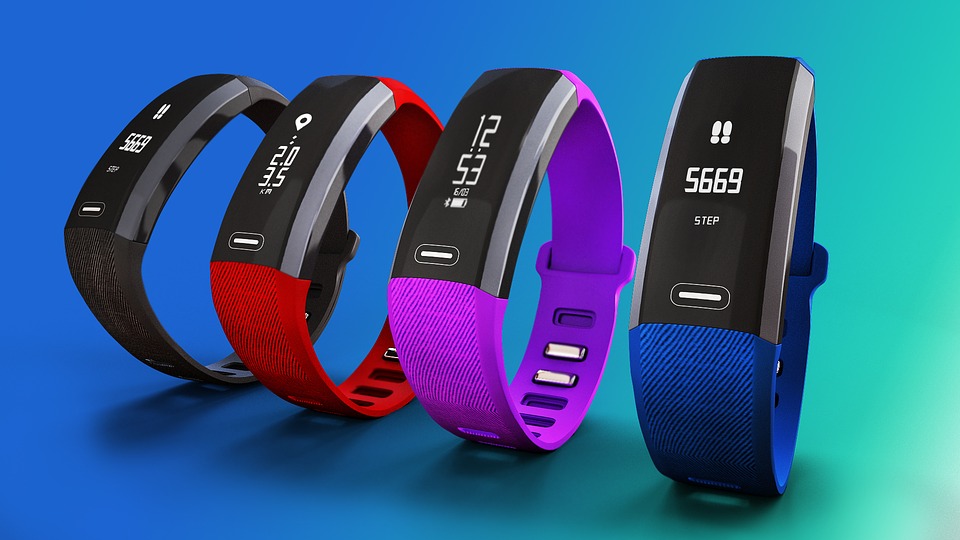Where will Life Science research be focused in the coming years? Safeguard turns to healthcare trends for a suggestion.
It is apparent that technology is changing every industry, but perhaps none more so than healthcare and medicine. As Daniel Newman writes for Forbes, “no one can dispute technology’s ability to enable us all to live longer, healthier lives”.
But an ageing population presents as many healthcare challenges as solutions. What’s more, understanding why instances of some diseases and illnesses are rising can help Life Science organisations target their solutions.
So how do we know where to look?
Healthcare Trends
It is possible to forecast future healthcare trends by looking at how data has changed in the last few years.
Deloitte reports that average life expectancy in OECD countries (Organisation for Economic Co-operation and Development) increased by five years between 1990 and 2012, according to the World Health Organisation, while over 65s will make up 10% of the global population by 2018. This may signpost the importance of researching age-related health problems, developing new treatments and considering how to roll them out.
Though trend-based predictions are not concrete, they can raise some interesting points.
Digital Medicine
Deloitte’s 2014 paper Healthcare and Life Sciences Predictions 2020 proposes we will soon live in the era of “digitised medicine”, suggesting that “3D printing of medical devices” and “robotic or robotically enhanced surgery” will be commonplace by 2020, allowing surgeons to access detailed radiological information and enhanced visuals with 3D goggles.
While the predictions may not have got the timeline just right, advanced medical 3D printing is being used to create cheap or temporary prosthetics, medical models and even implants such as heart valves.
Wearable Technology
The general public is already using health monitoring apps and wearable technology to measure heart rate, step count and sleep quality with fevered interest – a concept that would have been unthinkable ten years ago.
DIY technology also gives patients living with conditions such as diabetes the ability to monitor and manage their health with bio-sensing devices such as DIY blood tests or wearable ECGs. Due to the take-up and potential, it is reasonably safe to predict this will be a growth area.
Empowered Consumers
Several researchers have suggested that patients are no longer willing to accept “high costs and long waits”. Thanks to internet-enabled technologies, consumers have access to more information about their health and are accepting more accountability for their wellbeing, turning to the private sector when public services fail to be convenient and transparent.
Should the healthcare industry move towards flexible treatment and service, new products and technologies will be required to keep up – from wireless heart monitoring via mobile phone apps to at-home versions of traditionally hospital-based medical treatments such as chemotherapy.
From biomedical research to medicinal product production, whichever areas of Life Sciences your business focuses on, our team can protect your complex and multifaceted process.
For more information, call Safeguard on 08456 888 284 or email sales@safeguardinsurance.co.uk to talk to our team.

